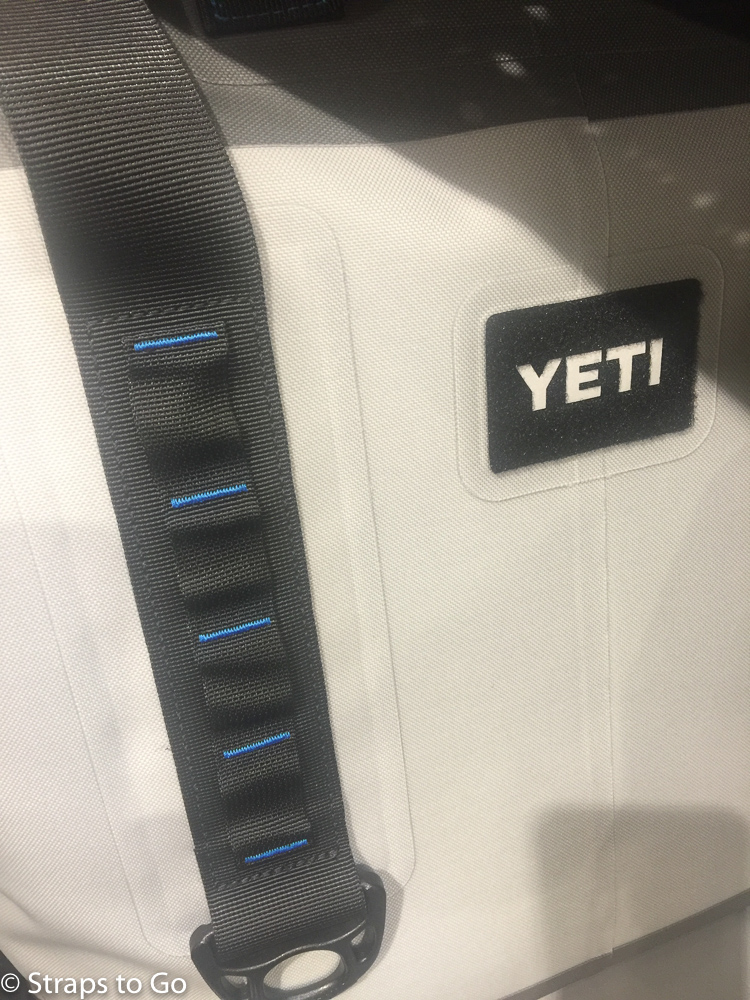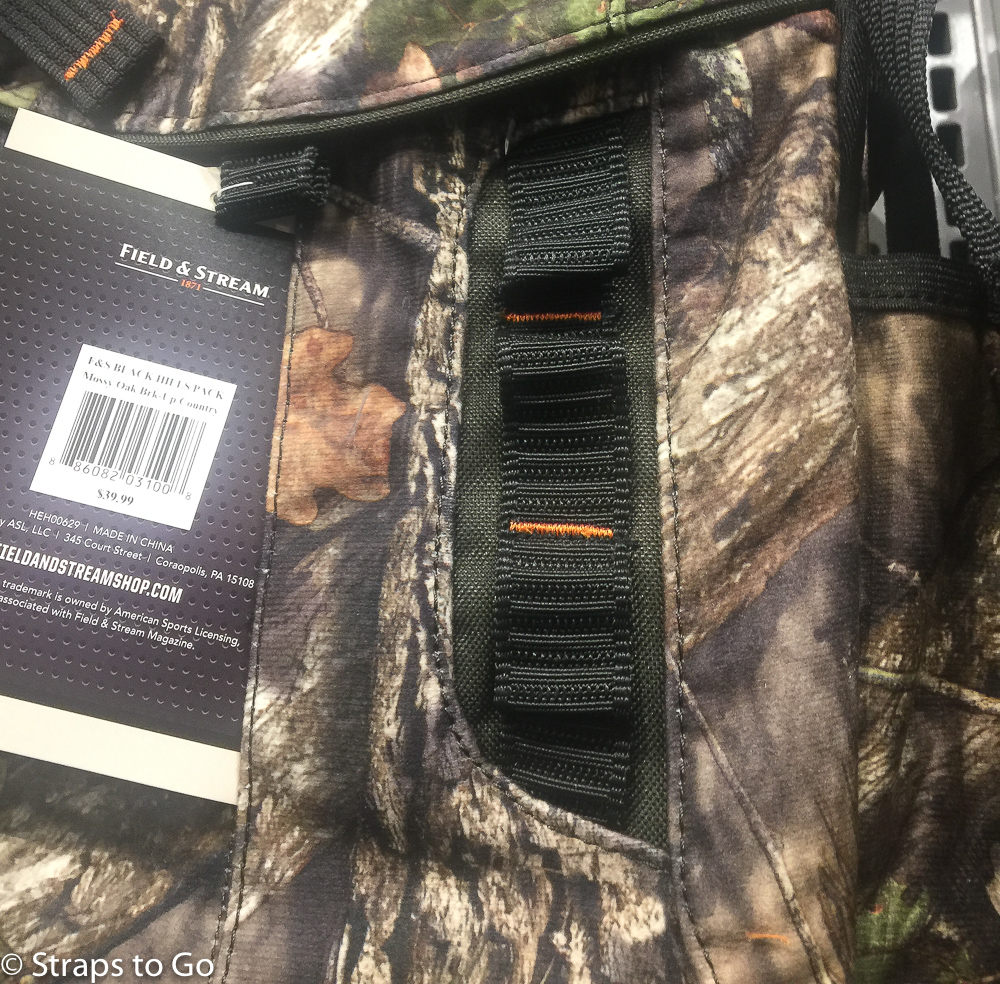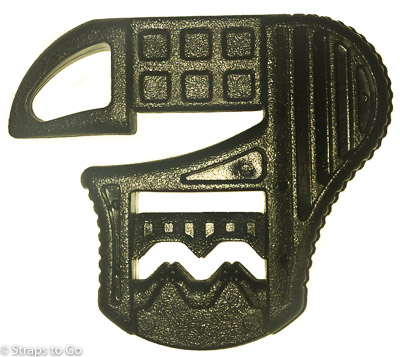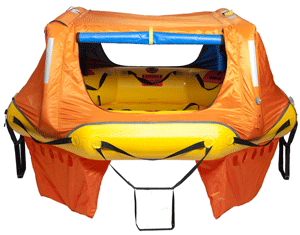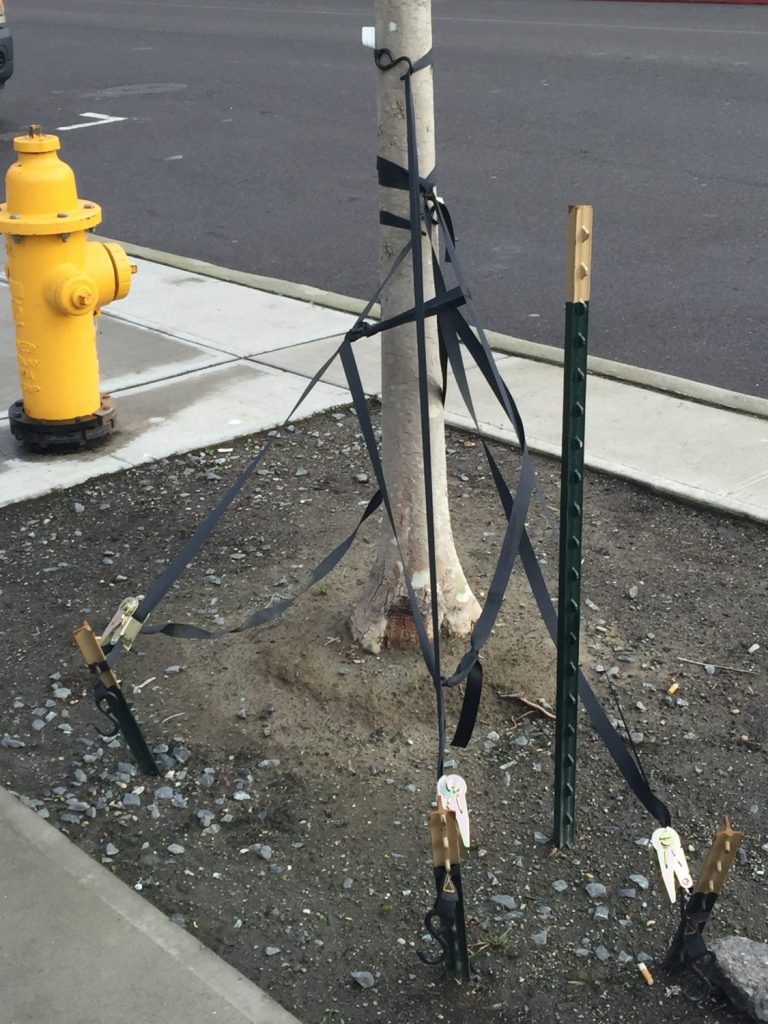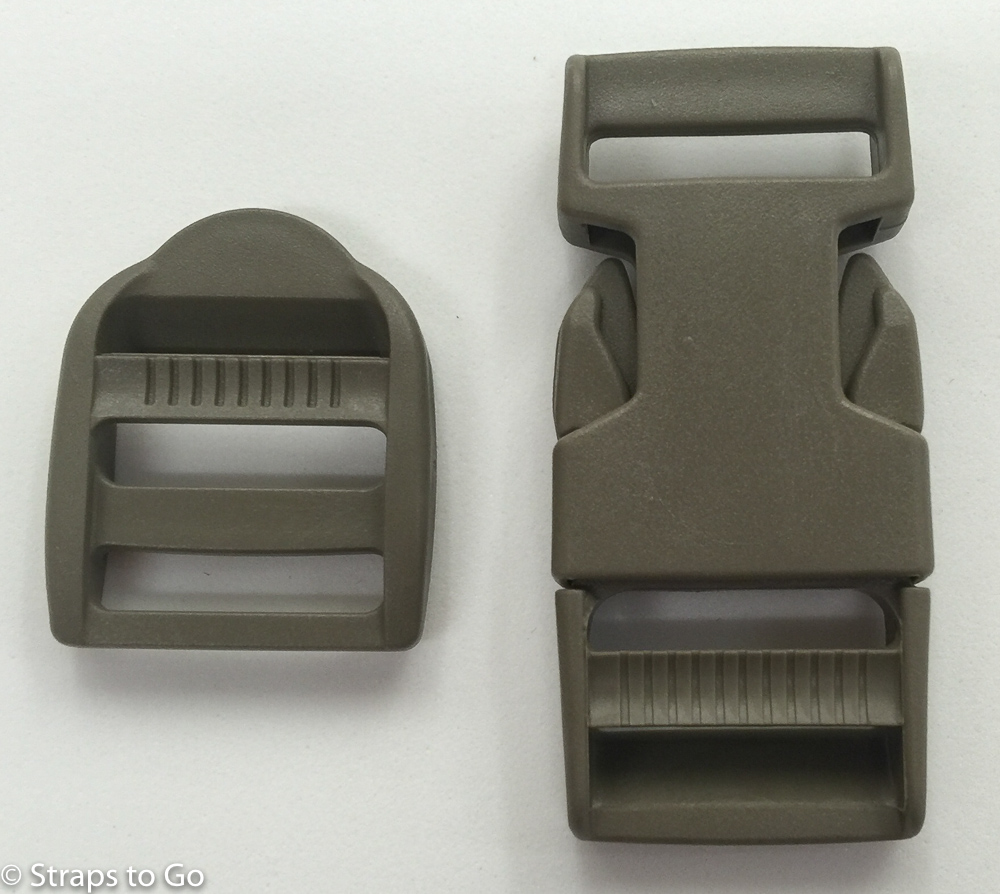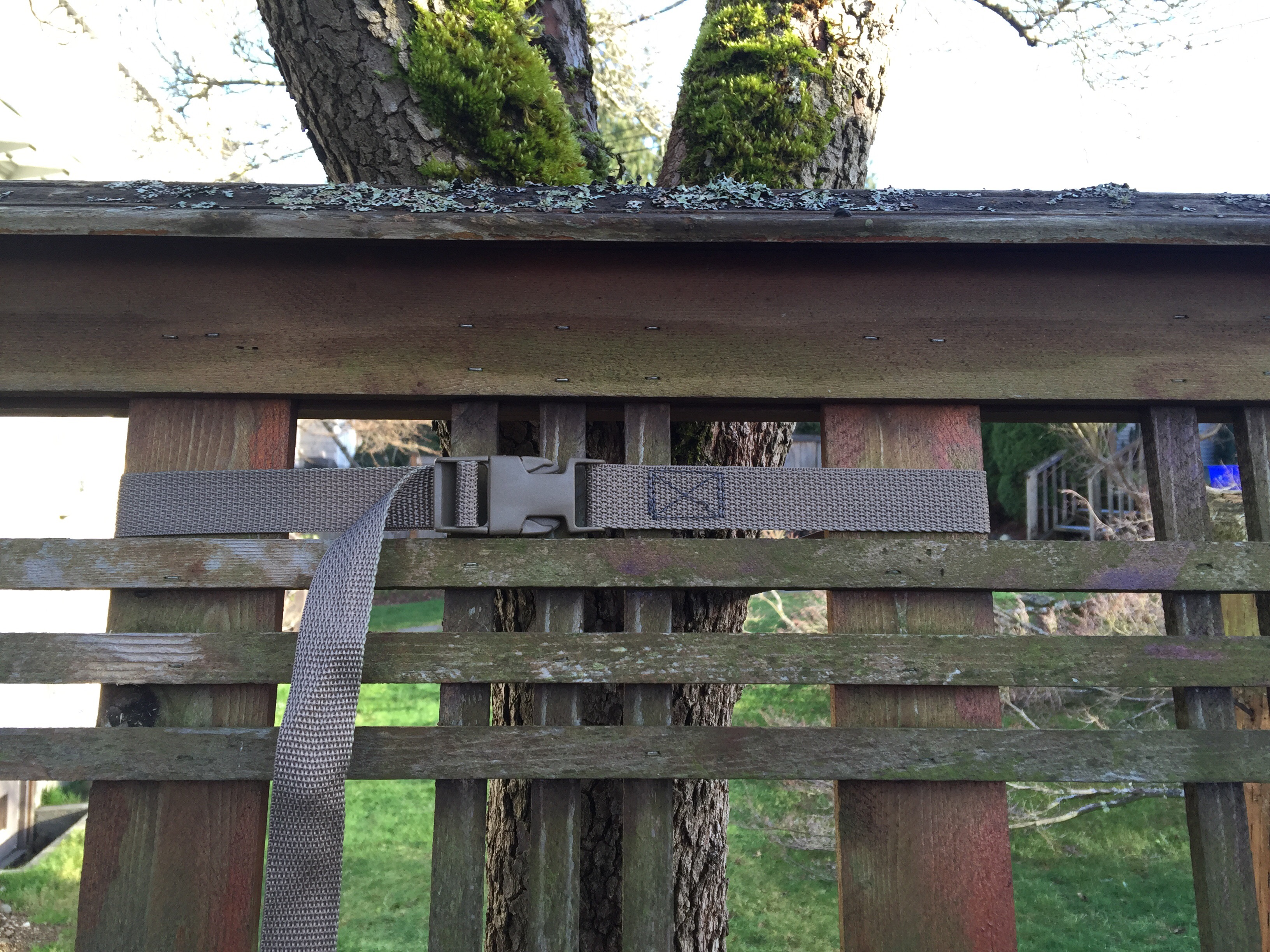We received an order to produce a bunch of straps from polypropylene webbing. I loaded the sewing machine up with a fresh pound of polyester thread, wound a bunch of bobbins and thought I was at the start of a productive day. By the end of the day I was confused. Nothing was working right and I had spent the day trying to get my machine to sew. Thread tensions were checked, knives for trimming the thread were replaced, manuals were read and after work a cocktail or two were consumed. Not having long hair at least I didn’t have to worry about pulling it out.
Day two wasn’t any better and by mid-afternoon the frustration had really kicked in. I called my thread supplier and they informed me that their supplier had been having problems and I was not alone in having real issues. They gave me a credit for the bad thread and said they were changing suppliers and did not have a similar thread in stock which did a great job of raising my blood pressure. After some discussion we decided that the particular project I was working on would be just fine if I switched to nylon thread. The next day five pounds of thread came in the door and with great trepidation I wound bobbins and tried to make some straps. Lo and behold everything worked, stitching was fine, thread cut properly and my blood pressure returned to normal.
I was getting near the end of this project, the webbing straps were coming off the sewing machine but I was running out of thread. A quick call and I found that my supplier had received their polyester thread in the size and color I needed. The order was on its way and by the next afternoon I was winding bobbins and switching over. It was a nightmare, bad enough that I called the company who sold me the sewing machine a few years ago.
The fix was simple, well it should have been simple. The new thread suppliers product was small in diameter than what I had been using which required a different size needle. Good luck finding industrial sewing machine needles in Tacoma but finally I located one and was back in production. I also learned that a lot of the thread now comes from overseas and is very inconsistent. Upon asking what brand of thread the sewing machine company recommended I found that it was the brand my thread supplier had switched to, A&E which is still made in the US. It always feels good to support businesses based in the US.
So the answer to the question is yes, there is such a thing as bad thread. Quality control at the time of manufacture, age (that box grandma had might not work that well) along with storage conditions can all turn a good day into a nightmare.
